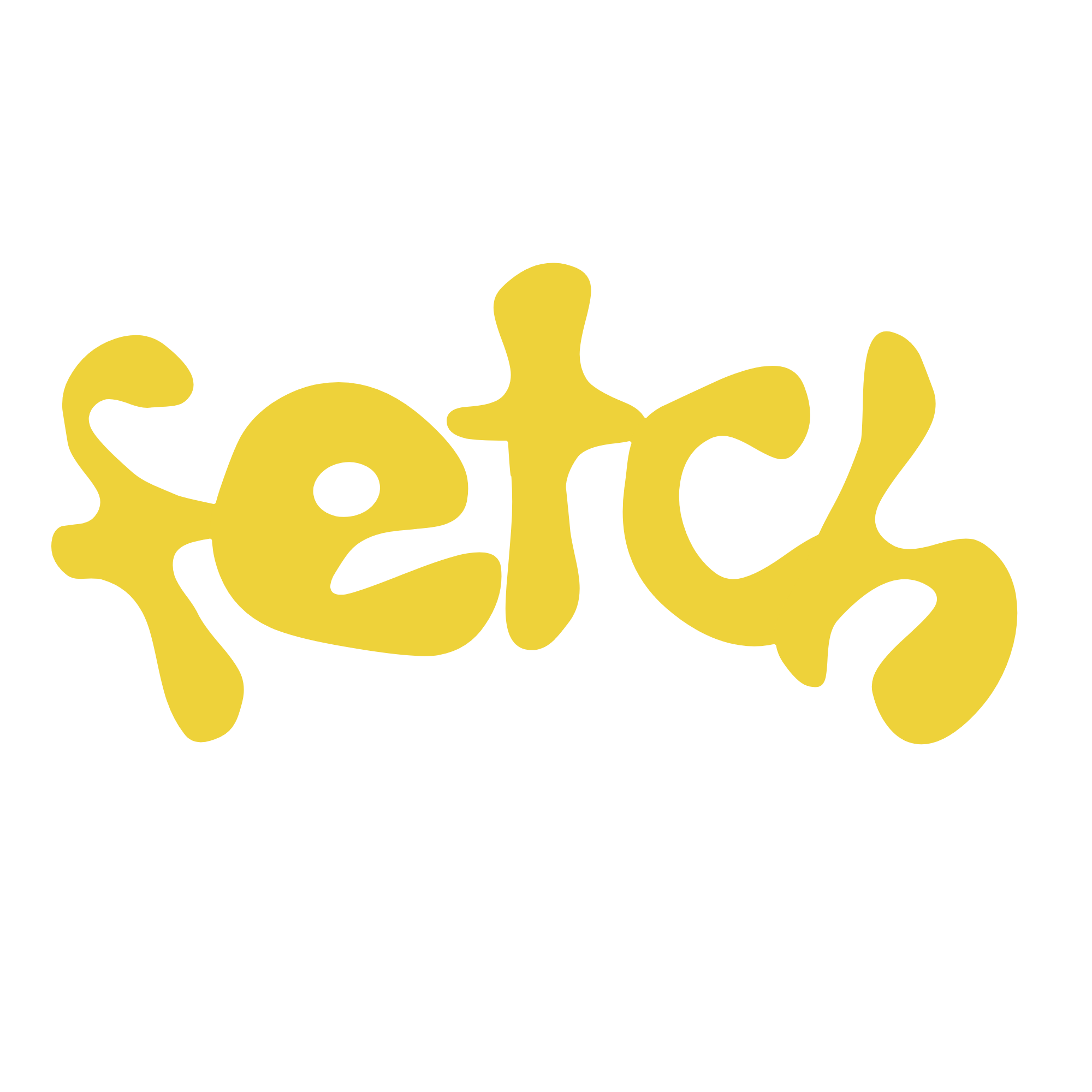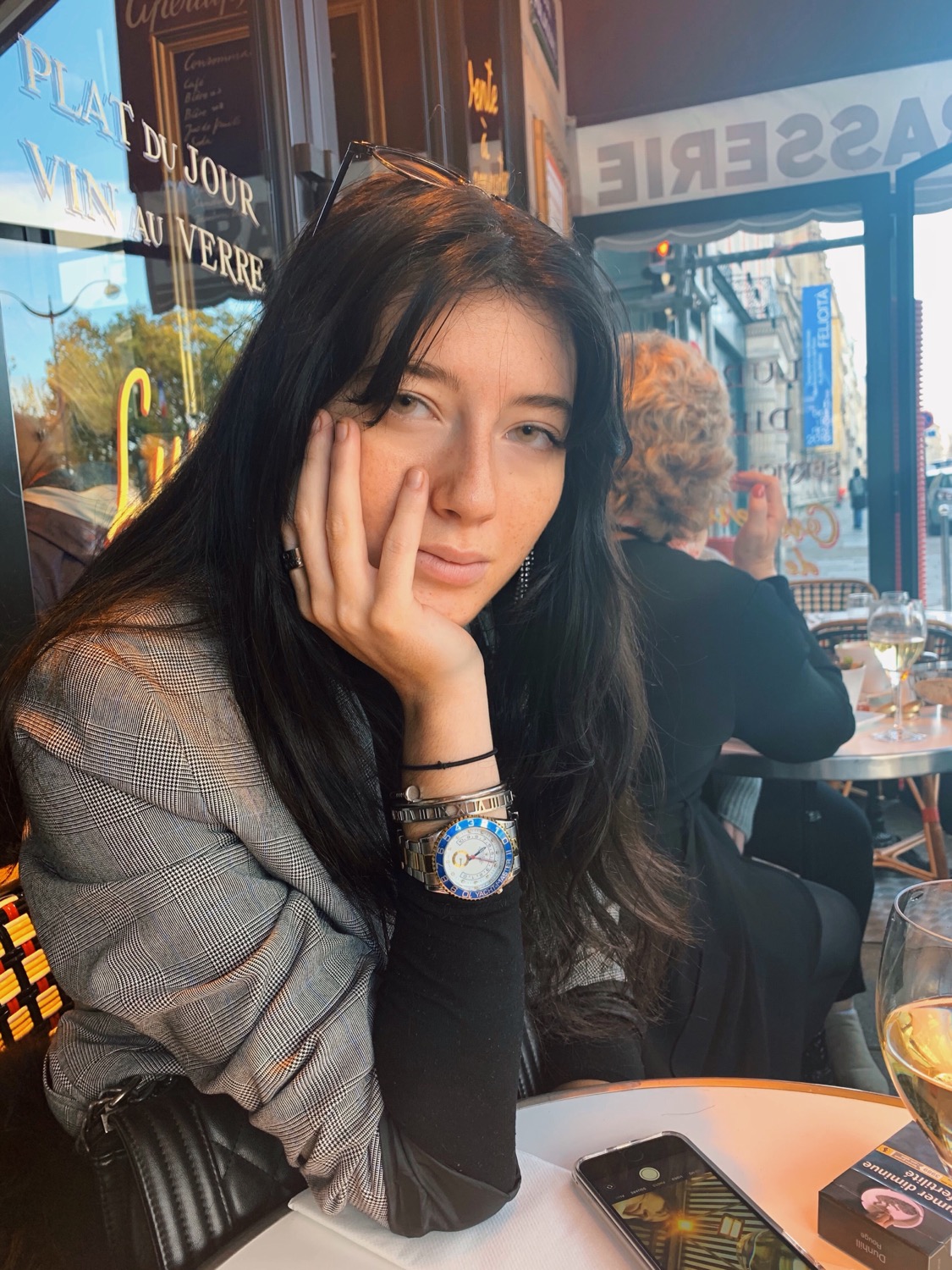FROM AUTISM TO ART: THE FUTURE OF NFTS
- Victoria Comstock-Kershaw
- Feb 27, 2021
- 5 min read
Updated: Aug 26, 2022

It was just over a year ago that I realised it was time to start taking r/WallStreetBets seriously. Up until the 2020 Bloomberg article, the subreddit had floated in the background of the internets collective consciousness as nothing more than a virtual, 4chan-tinted Thomson Reuters terminal. However, while the atmosphere and vocabulary may have garnered our original attention, by the end of February 2020 it was apparent that the forum was more than a simple exercise in seeing just how many 20 year olds you could call a "autistic gay bear" in one afternoon. The ensuing GameStop debacle and Elon Musk's DogeCoin revival were not merely entertaining forays into the merger of money and internet on the world of Wall Street - they were microcosmic foreshadowings of its impact upon the world of art.
Non-fungible tokens - NTFs for short - are unique as a cryptocurrency in that they accrue value independently: they cannot be exchanged or replicated. More importantly, each token is designed to represent a singular asset, either physical and abstract; simultaneously acting as product and as proof of ownership. Although they have been used for everything from baseball bobbleheads to real estate, the very nature of NFTs make them an ideal candidate for the rapidly-evolving world of digital artistic collectibles, and has in fact has always been used as such. Introduced to the world by developer Larva Labs in 2017, NFTs were originally used in the acquisition of small pixel-art characters known as CryptoPunks (think a slightly more savoury version of the Rare Pepe phenomenon). Purchase didn't simply grant you copyright or even a physical copy of the character: it granted you ownership of the digital image, the proof of which becomes interwoven into the blockchain itself. CryptoKitties is a further example of trading-cum-art; purchase of a collectible gives access to a seemingly innocuous game involving the breeding of cats that, in reality, could generate thousands of dollars worth of artwork in a situation described by Guardian tech writer Alex Hern as lying "somewhere between a real-world game of Pokémon, an automated replacement for the authenticity department at Sotheby’s and digital trading cards".

It may seem bizarre, but there's clearly a market for the phenomenon. The total value of NFT transactions exploded to $250 million last year, spanning over 222,179 digital wallets and providing certain traders with profits of over $100,000. The acquisition and trade of digital NBA Top Shot cards alone has generated a movement of $200m across the market, including a single video clip of LeBron James dunking for $208,000. However, it's still crypto art that's leading the movement: it is according to chief operating officer of French firm BNP Paribas's crypto-focused research firm L’Atelier Nadya Ivanova the strongest growing subdivision in the digital collectives market. A huge resurgence in interest in the exchange form has occurred in the early months of 2021, with artworks by the likes of Beeple setting records and everyone from Mark Cuban to Christies cashing in on the action.

It's not difficult to pinpoint where the interest in and appeal of literal artistic tokenisation has come from. In an age where the most effective way of presenting art - whether it be poetry, painting or photography - is online, anything that engages and enforces property rights is bound to attract a wide array of both artists and investors. As noted by Cuban himself, professional artists benefit massively from dumping websites like YouTube and flocking to NFT marketplaces; his advice is to "put it where you can tokenize it and keep on getting paid.” Ivanova further expands on this point: "It’s allowing content creators to actually own the property rights for what they create, which allows them to profit from it in different ways which they can’t do with physical art."
Of course, not everyone is a fan. "NFTs don’t really have anything to do with the artwork themselves." says London based digital artist v buckenham. "If you look at an NFT entry, it’s just a hash, a string of numbers and letters, and doesn’t let you view the art itself." Indeed, when looking at how a lot of physical art is treated today, the idea of buying something and letting it sit around to accrue value doesn't sound like a revolutionary concept. And yet NFTs do not simply shove a collectors piece in a warehouse and wait for the artist to die in order to resell it at triple value; it is the unique case of digital art that no matter what the strings of numbers say, copies can still be accessed and enjoyed by a wider public in the same format that the original work was produced.
No matter its origins, the future of digital art and the currency used to acquire it remains uncertain and fascinating. The success or failure of NFTs will ultimately answer the question that have plagued art historians and fintech bros alike: is art more important than ownership? Evidence points towards a resounding no, and not merely through cynicism. It isn't unreasonable to say that the act of owning art has for some time now been a part of the artwork itself (the Art Basel banana comes to mind). NFTs have expanded on this in the best possible way. Owned digital artwork can still be enjoyed by millions rather than stacked away in a warehouse or consistently replaced by unpaid gallery interns in some never-ending piece of morbid performance art; NFTs are simply the invisible watermark hidden between the lines of code. Modern problems require modern solutions, and NFTs are an ideal response to the increasingly complex world of artistic monetisation and distribution.
NFTs may even help reshape the art market as we know it now: currently, the ways in which art is stored and distributed relies heavily on concepts of limited access propelled by hoarding bodies of work and waiting for the artist to die. If ownership no longer limits access, radical shifts may occur not only in what sort of art is bought, but what sort of art is made. NFTs will naturally attract a younger, more tech-savvy cut of buyers and collectors, one hopefully unburdened by fears of social impact investing or unafraid to take chances on undiscovered or unknown artists. It's not unreasonable to suggest that in the age of virality and one-hit-wonders, NFTs will aid in the alleviation of worries about traditional patronage and ultimately provide an exciting platform from which a more diverse and unrestricted artistic movement can flourish. Or perhaps it will give way to a techno-dictatorship in which artists much bend to the whim and will of their crypto-wealthy patrons, and oil paintings will collapse into obscurity. Either way, the conclusion is clear: the future is non-fungible.




